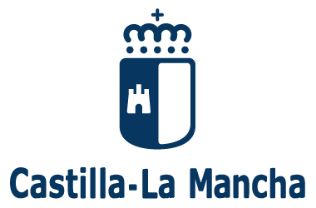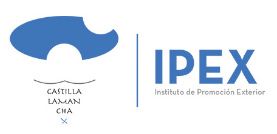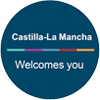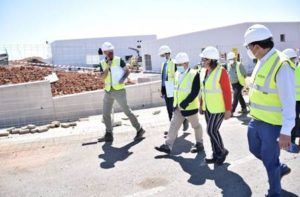The concept of circular economy is gaining more and more importance worldwide and is becoming the new industrial and economic model that will change our production and consumption patterns. But what is the circular economy?
The circular economy is a production and consumption model that consists of extending the useful life of products. The focus is on optimizing resources and the use of raw materials, i.e. reusing, renewing and recycling materials for as long as possible. In this way, new products and/or services can be created that reduce the amount of waste generated and thus the impact on the environment.
This economic model is based on closing or completing the life cycle of products. It therefore aims to reduce waste and the wastage of raw materials as much as possible and to rely on manufacturing processes that consume little energy in order to minimize the social and environmental impact.
Castilla La Mancha, pioneer in promoting the circular economy in Spain.
The government of Castilla-La Mancha approved the Circular Economy Law in 2019. This was the first legal regulation approved in Spain to promote a more sustainable, competitive and innovative development model to support the region’s growth.
In doing so, it was ahead of the European Commission, which in 2020 approved an action plan for the circular economy as part of the Green Deal to achieve climate neutrality in 2050. This program is focused on sustainable growth so that companies can improve their competitiveness while protecting the environment.
In addition, last year the Strategy 2030 for the Circular Economy in Castilla-La Mancha was approved by the Government, with corresponding actions at all levels to change production processes, business and consumption models. In parallel, the Action Plan for the Circular Economy 2021-2025 has been developed to implement the measures to achieve the objectives set out in the aforementioned strategy.
In this strategy, Castilla-La Mancha has set ambitious goals for the 2030 horizon, which are detailed below:
- Reduce generation of household waste by 15% compared to 2010.
- Reduce the generation of industrial waste by 15% compared to 2010.
- Increase reuse and preparation for reuse up to 10% of municipal waste generated.
- Reduce food waste generation across the food chain (household, retail, manufacturing and supply chains) by 50% compared to 2020.
- Increase water reuse by 10% compared to 2020.
- Increase spending on R&D&I in the circular economy by 25% compared to 2018 spending.
- Increase renewable energy use by 30% in the agriculture and food sector, by 30% in the industrial sector, and by 20% in the tourism sector compared to 2010 data.
Benefits of investing in the circular economy.
The circular economy brings numerous benefits to companies that opt for this model. Among the most important ones, we can highlight the following:
- Reduction of costs due to the recycling of the waste generated.
- Compliance with legal aspects, such as the National Waste Policy.
- Improvement of corporate image, as stakeholders increasingly demand more from companies in terms of sustainability and environmental protection.
- Competitiveness and sustainable economic development by promoting new technologies and innovations.
- Reducing waste and emissions, seeking to mitigate climate change as much as possible.
From all this, we can conclude that Castilla-La Mancha is an ideal destination for investment in sustainable production models. With a clear and defined strategy, our region is determined to lead the economy of change, more efficient in the use of resources and raw materials, and therefore more sustainable and environmentally friendly.



 Visit of the Regional Minister Patricia Franco to the works of the tyre recycling centre that Life for Tyres is developing in Puertollano.
Visit of the Regional Minister Patricia Franco to the works of the tyre recycling centre that Life for Tyres is developing in Puertollano.